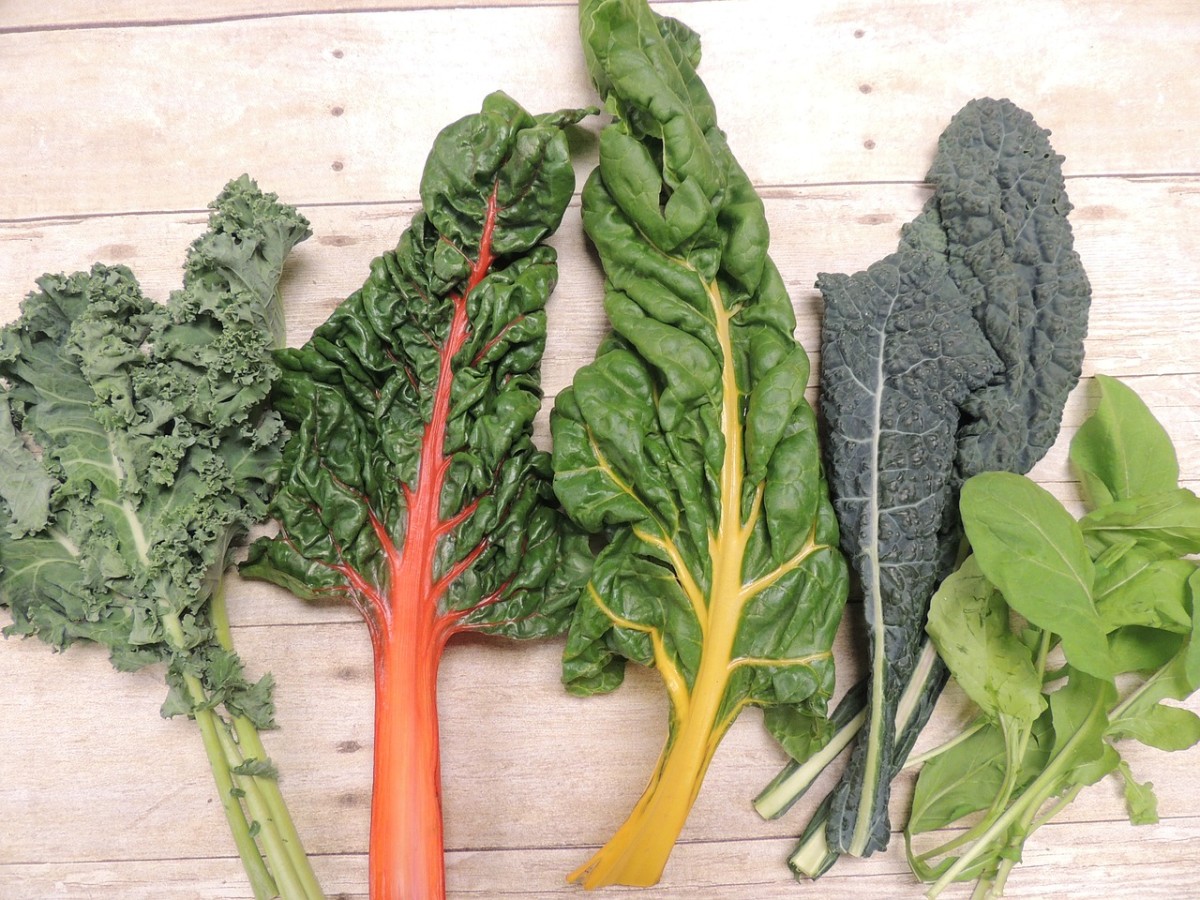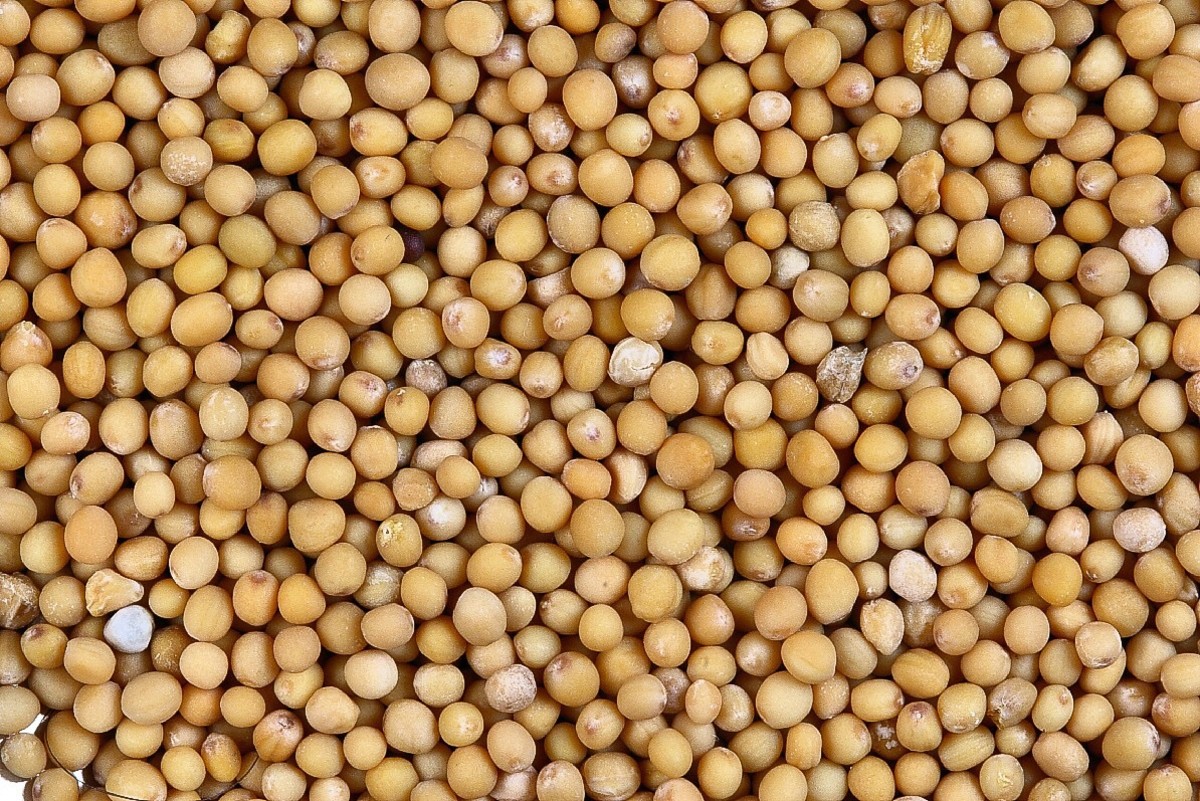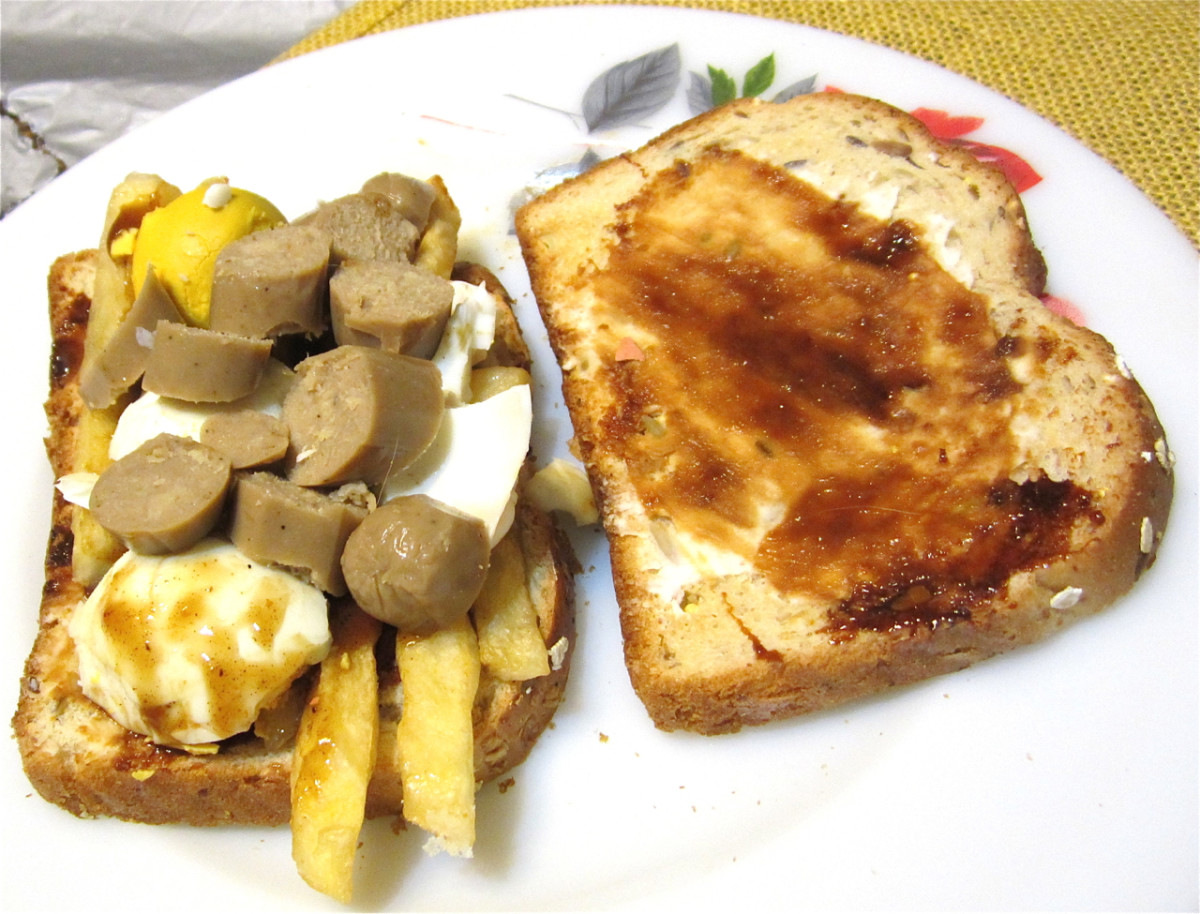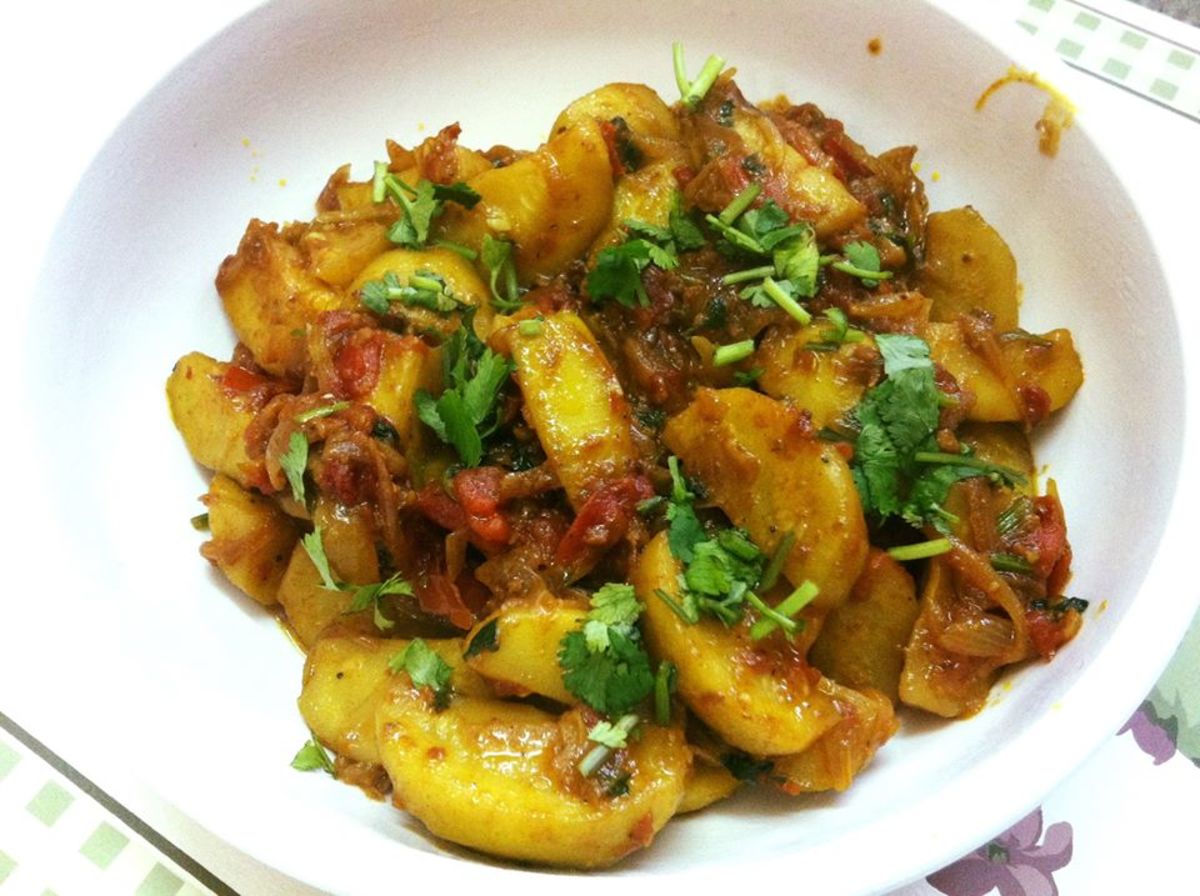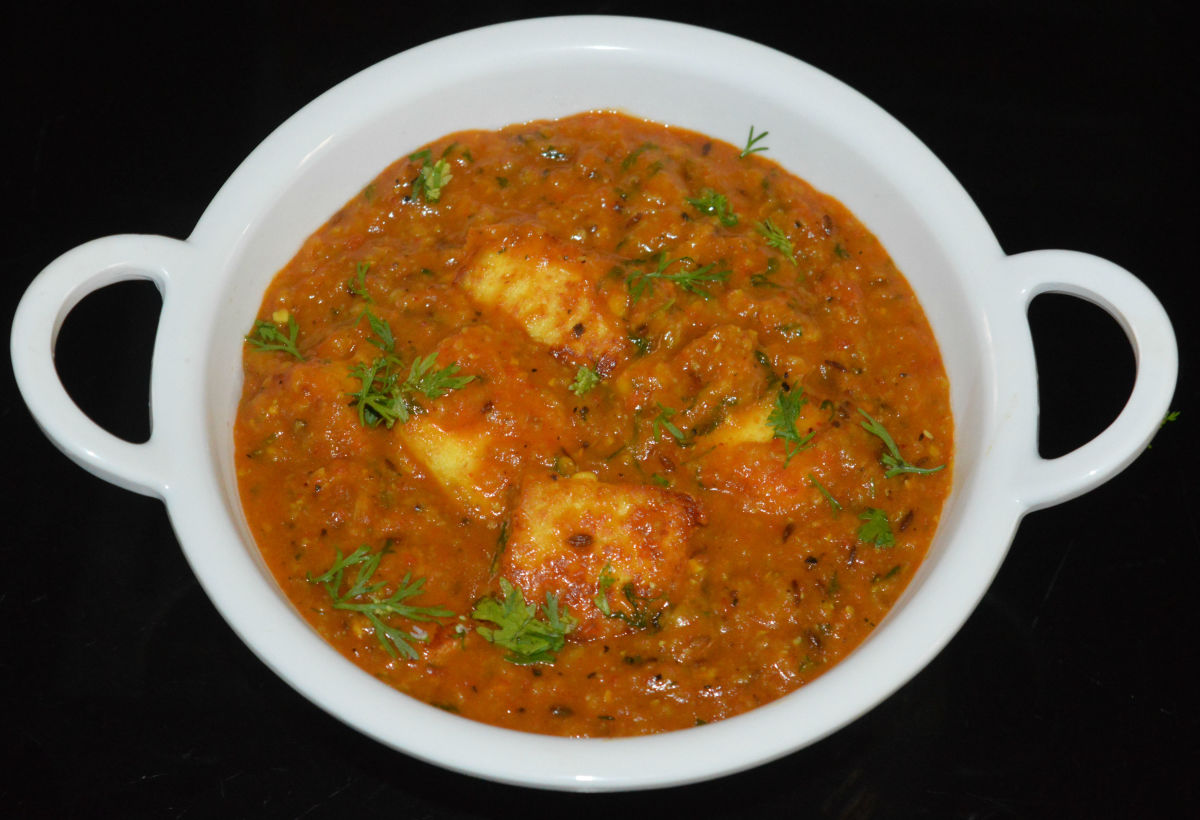How to Use Beet Greens
How to Use up Those Beet Greens!
When buying a bunch of beets, do you ever wonder what to do with the beet greens? Do you wonder if they are even edible? I love using those greens, and I have had many friends exclaim, “Wait, that part is edible!?” It seems the more food is frozen, prepared, and readily available, the less in touch we become with our food, and we start to think of less popular parts of vegetables as‘gross’.
In fact, beet greens themselves are rich sources of iron, calcium, magnesium, folate, lutein, and beta-carotene. I think vegans are often asked questions about how they obtain iron and calcium, since these nutrients are believed to be found only in meat and dairy. However, it is the leafy greens that often shine when it comes to calcium and iron (pow!). And these particular greens have a huge amount of Vitamin K, important for foremost blood clotting, but other functions, such as strong bone and heart function. Below is a chart breakdown of the nutrients.
As you can see, the lowly beet greens that often get cut off and dumped into the trash are actually powerhouse greens you can use to obtain that big nutritional bang you want. And despite leafy greens often having that bitter taste, these greens can offer a nice sweet twist in some of your dishes. There are also ways to hide them into desserts for our picky family members, but I promise to have a whole article about that coming up soon. That trick is a magical one that deserves its own recognition :)
One way you can use beet greens is literally to throw them into any stir fry. That is the easiest way to get those greens in a dish without it being a side. Another way I have seen them used is in borscht, a traditional slavic beet soup, as they add a different dimension of sweetness. My mother, who is Polish, uses the beet greens in botwinka, a component to many traditional soups, such as the Polish borscht (barszcz), as a sweet spring addition. I have also seen them in a cake, as a hidden ingredient of nutritional bang (for example, in the vegan cook book Greens 24/7 by Jessica Nadel, which I highly recommend to anyone trying to pursue green, vegan, clean eating).
I personally like using them in my slow cooker... I generally just like using the slow cooker, considering I work in a high stress job and am going to school part time. Slow cookers are time savers, and I am so happy Irving Naxon invented them. Anyway, I like throwing these fantastic greens in sweet and savory dinner dishes, as their flavor really comes out and sparkles. I have included my own recipe for a sweet potato, beet green, and kidney bean stew. Its vegan, and can be made to be gluten free or not. You can dust it with some nutritional yeast (a pseudo replacement of parmesan) to get in that source of vitamin B! Enjoy, and remember to be adventurous with your vegetables! :)
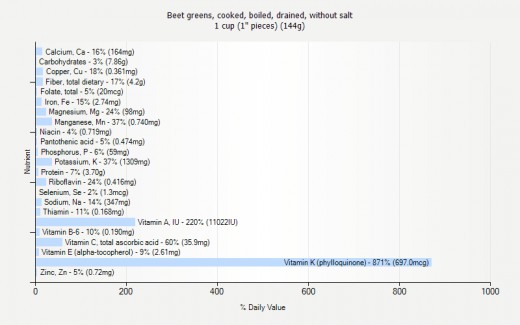
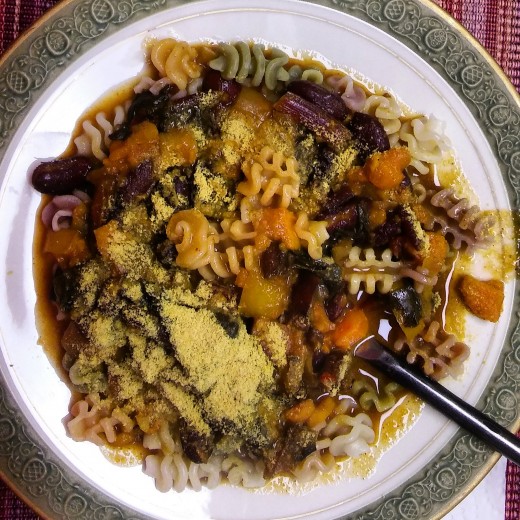
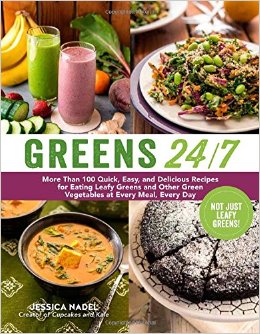
Cook Time
Ingredients
- half a sweet potato
- half a bell pepper (yellow, red, or orange)
- 1 onion
- 1-2 cups beet greens
- 1 can of kidney beans with brine
- 2 tbs soy sauce
- 2 tbs curry
- 2 tsp smoked paprika
- 2 tbs maple syrup
- 2 tbs organic ketchup
- vegan broth
- 1/4 cup coconut milk
- salt and pepper to taste
The Step by Step
- First, chop the sweet potato, bell pepper, beet greens and onion into 1/2-3/4 inch sized pieces.
- Put the veggies all mixed together in the slow cooker, and fill the pot 50 percent full with vegan broth.
- Add the can of beans with the brine into the pot as well, mixing the ingredients together so they are evenly dispersed.
- Next, add the soy sauce, curry, paprika, and ketchup. Stir again, adding salt and pepper to taste.
- Turn the slow cooker on high, and let cook 2.5-3 hours.
- At this point, do a taste test, and add any of the spices to your tasting. Be aware that curry takes time to develop in terms of taste, and so adding to much may not taste as expected.
- At this time, add maple syrup if desired to enhance the natural sweetness of the dish. Cover, and let cook another half an hour.
- Making sure all vegetables are soft after 3.5 hours, stir in a splash or two (1/4 cup or less) of coconut milk, and turn the slow cooker onto low. Let stand half hour on low, then turn off the slow cooker.
- Serve over your choice of grains or pasta!
© 2016 Ania


